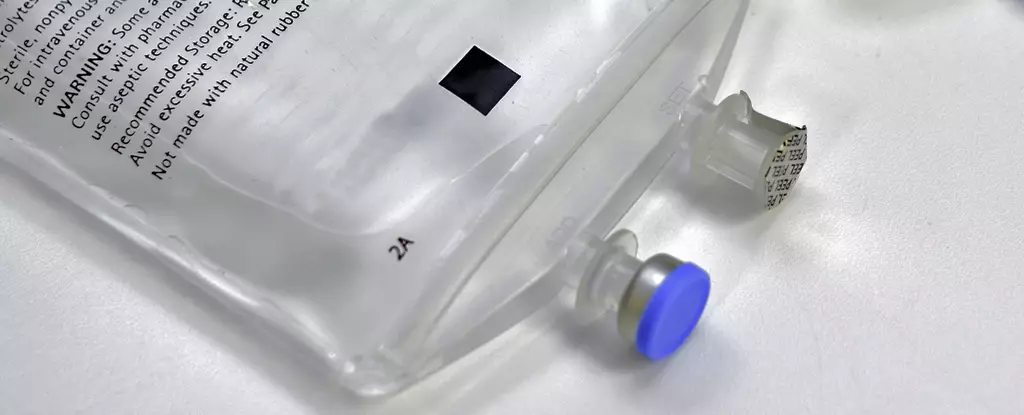The shortage of intravenous (IV) fluids in Australia, particularly saline and compound sodium lactate, is a concerning issue that has been exacerbated by higher-than-expected demand and manufacturing issues. The Therapeutic Goods Administration recently added IV fluids to the list of medicines in short supply, highlighting the urgent need to address this issue. The government’s response to approve salt-based solutions by overseas brands raises questions about the interchangeability of IV fluids and the importance of chemical composition in these solutions.
The Science Behind IV Fluids
IV fluids are essential for delivering drugs into the body through injections into veins. These fluids consist of various chemicals, such as salts, sugars, nutrients, drugs, and proteins, to maintain osmotic balance in the blood stream. Osmosis plays a crucial role in regulating the movement of water in and out of cells based on the concentration of dissolved chemicals in the blood plasma. An imbalance in this concentration can lead to hypertonic or hypotonic states, affecting the size and function of blood cells. The precise formulation of IV fluids is crucial to maintaining isotonic conditions and ensuring the proper delivery of medications.
Types of IV Fluids
There are several types of IV fluids available for drug administration, including saline, glucose/dextrose solutions, and combination fluids. Saline, a 0.9% isotonic solution of table salt, is one of the most commonly used IV fluids and is currently in short supply. In contrast, glucose/dextrose solutions are not affected by the shortage. Other IV fluids, such as Ringer’s solution, Plasma-Lyte, and Hartmann’s solution, contain different combinations of salts for specific medical conditions. Choosing the right IV fluid is crucial for ensuring the stability and effectiveness of drugs, as some medications are only compatible with specific fluid compositions.
The Australian government’s decision to approve overseas brands of IV fluids as a temporary solution to the shortage raises concerns about quality control and safety regulations. These alternative brands may not undergo the same rigorous testing and approval processes as local suppliers, potentially compromising the effectiveness and safety of medications. The reliance on overseas manufacturers highlights Australia’s vulnerability to global supply chain disruptions and the urgent need for local medical manufacturing capabilities.
To address the current shortage of IV fluids and reduce reliance on overseas manufacturers, stakeholders have proposed developing local manufacturing capabilities for essential medicines. This initiative would not only create high-tech jobs and boost the economy but also ensure a stable supply of critical medications for Australian patients. By investing in domestic pharmaceutical production, Australia can mitigate the risks of future drug shortages and safeguard the health and well-being of its population.
The shortage of IV fluids in Australia underscores the importance of maintaining a sustainable and resilient healthcare system. By understanding the science behind IV fluid composition, addressing manufacturing challenges, and investing in local medical production, Australia can mitigate the risks associated with drug shortages and ensure access to essential medications for all its citizens.


Leave a Reply